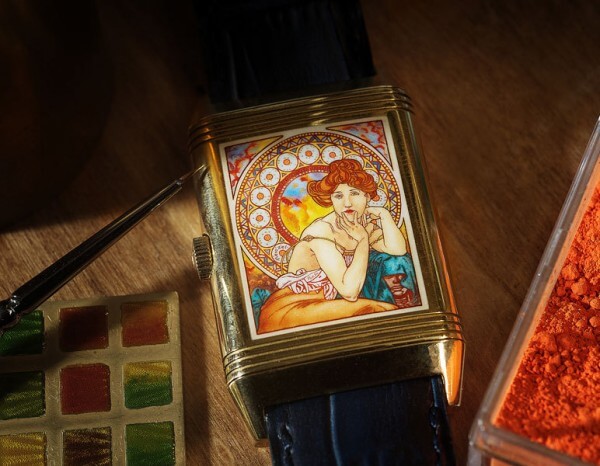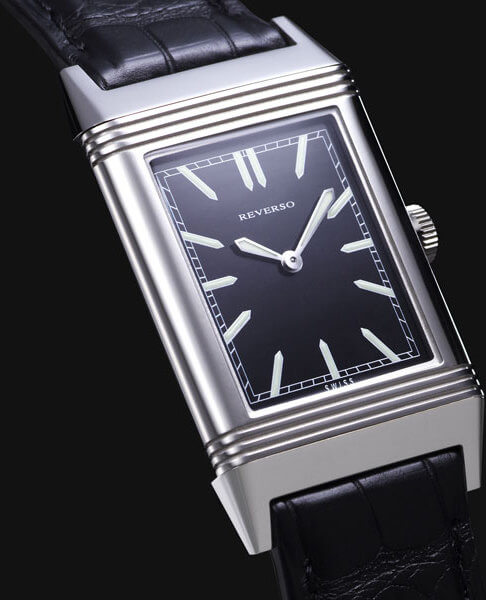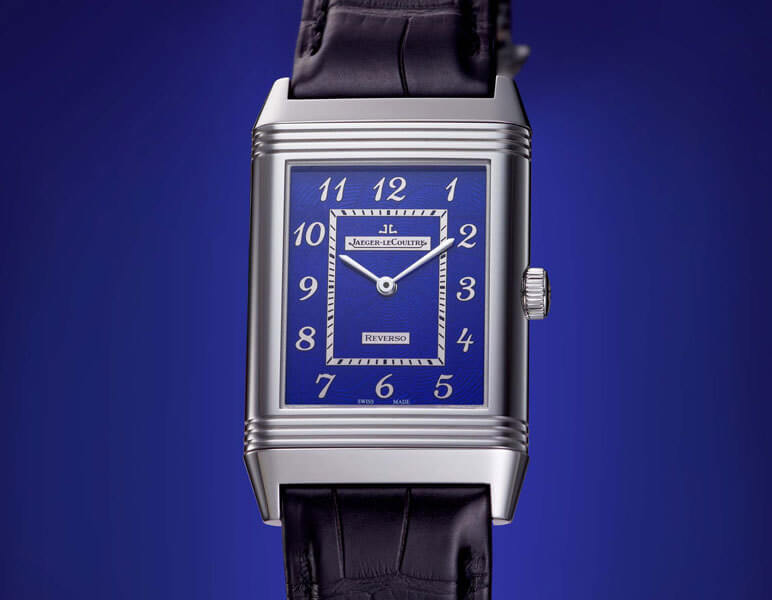Legends have a way of appearing for reasons no one could ever have predicted. The Reverso by Jaeger-LeCoultre is one. Imagined 80 years ago as a way to withstand knocks, hence its reversible case, we adore it today because it invites that coveted luxury touch: personalisation. While the back of the Reverso’s case has offered a blank page for decoration for many years, the innumerable possibilities make this an exceptionally attractive object and, if truth be told, unique among watches.
We will probably never know for sure if the Indian polo field, the “dusty vortex and the hammering of horses’ hooves” of the Reverso legend, really existed. What we do know with certainty is that some remarkable creative minds, led by the engineer Alfred Chauvot – the man who, on March 4th 1931, filed a patent for the ingenious swivel case – left an indelible mark on the history of watchmaking. Eighty years on, their invention is more in demand than ever.
If we allow Chief Executive Jérôme Lambert the measure of his words when he writes “the Reverso has progressed from watchmaking icon to cult status,” we can but agree when he reminds us that “by inventing the Reverso, a small group of men with great imagination and innovative spirit did far more than create a simple reversible case. They gave birth to an emotion which has lasted more than 80 years, and designed a watch whose endless possibilities are still being discovered.” And this is where the Reverso’s strength lies: that for close to a century it has adapted and evolved to meet the requirements and trends of each era.

The capacity to adapt
The Reverso, like Jaeger-LeCoultre, made its first inroads in Europe before spreading its success worldwide. This icon truly took off on a global scale a decade or so ago, when Jaeger-LeCoultre joined the Richemont Group. Henceforth it could draw on the group’s distribution subsidiaries to impose itself not just in Europe but in Asia and the United States too. International marketing director Stéphane Belmont affirms that the Reverso is now a global success, with different continents preferring different models. Europe has a soft spot for classic models in steel while Asia tends more towards models in gold or a Duetto. In the Middle East and South America, the Squadra line takes precedence. These are the many faces with which the Reverso has conquered the world. Each region’s culture naturally influences consumers’ choices, and the Reverso has succeeded in adapting to almost every clientele.
This ability to adapt to local wants and wishes isn’t the Reverso’s only asset. As Stéphane Belmont points out, this iconic model has also moulded itself to every era, more or less successfully but never vanishing from the scene. Certain periods would prove particularly delicate, beginning with the advent, in the 1950s, of self-winding mechanical movements that were clearly incompatible with the Reverso’s size at that time. It stood the test. In the 1970s, the love affair with heavy, robust watches seemed far removed from the refinement and elegance of the reversible case. The Reverso stood the test. Similarly, when the new millennium stepped up the trend for imposing watches that seemed completely at odds with the Reverso, once again it came through with flying colours… all the more easily as, unlike the previous century when new trends took the place of old, we live in an era that embraces all styles. This explains why slim and elegant classic watches can enjoy success alongside a craze for bold, masculine chronographs.

Future developments
Is Jaeger-LeCoultre’s celebrity overshadowed by the Reverso’s success? Is the model more famous than the brand? The question is often raised and, says Stéphane Belmont, has some element of truth only in Europe, particularly in Jaeger-LeCoultre’s traditional markets of France, Germany, Italy and Switzerland. Elsewhere, the Le Sentier firm has emerged and forged its reputation by emphasising more the Master and Compressor lines to give a wider perception of the brand. Note too that in some parts of the world, the Reverso is still developing and has yet to express its full force.
Jaeger-LeCoultre remains convinced that the Reverso still has a lot to say, and that these first eighty years haven’t been sufficient to explore every avenue. The men’s range, says Stéphane Belmont, still has plenty of tricks up its sleeve, particularly in complications, with a stronger presence in the CHF 30,000 to CHF 150,000 (USD 35,000 to 175,000 / EUR 25,000 to 125,000) segment, and the métiers d’art. Turning to the women’s collections, he predicts that stone-setters and enamellers haven’t said their last word.
For the present time, and in this anniversary year, the Le Sentier firm is at pains to remind us that the Reverso is more than an iconic watch with Art Deco inspiration and often fascinating and remarkable substance, but that it is also a vector for emotions and can be transformed into something unique through the magic of personalisation. This is a decisive asset in the world of luxury that offers itself naturally in the few square centimetres of the Reverso’s case. A godsend for Jaeger-LeCoultre… perhaps beyond Alfred Chauvot’s wildest dreams?
Article published in BIPH
















